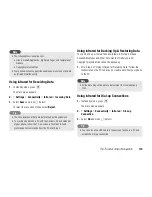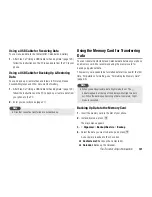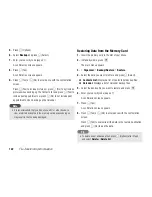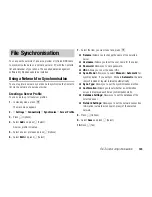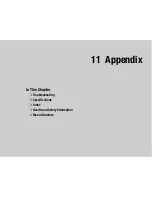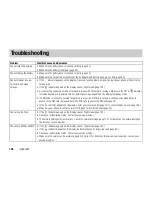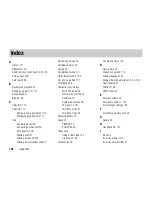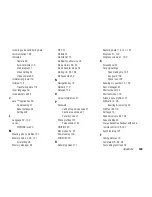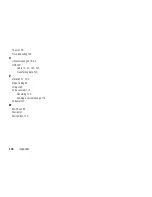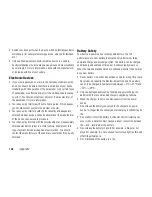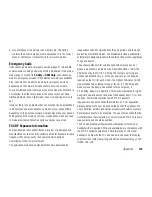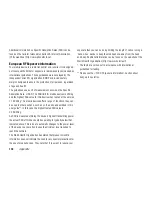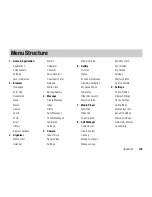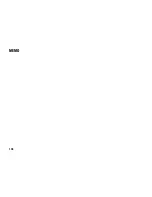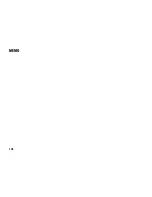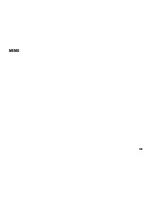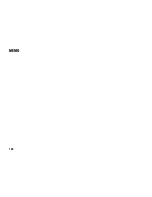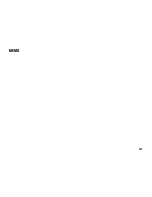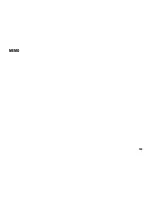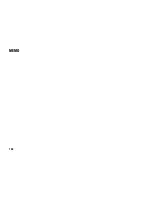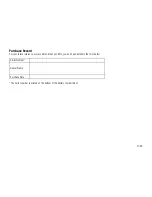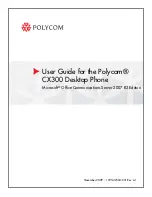
Appendix
133
Do not dispose of the battery in an ordinary bin. The battery
contains toxic chemicals and must be disposed of in the correct
manner. Contact your local authority for more information.
Emergency Calls
Calls cannot be made to emergency services (page 21) while data
communication is being performed within a GSM area. If the system
mode (page 110) is set to
3G Only
or
GSM Only
, calls cannot be
made to emergency services if the selected network is unavailable.
Also, calls may not be able to be made to emergency services
depending on the network services of some service providers.
You can still make calls to emergency services when the SIM card is
not inserted, the SIM card is locked, the phone lock is set, Fixed
Dialling Numbers is set, Flight mode is set or call barring service is
set.
However, there is no guarantee that a connection can be established
in all countries and areas because operation of your phone differs
depending on the wireless network, wireless signal and your phone
s
setting status. Do not rely on just your mobile phone when you need
to make important calls such as calls to emergency services.
FCC RF Exposure Information
Your handset is a radio transmitter and receiver. It is designed and
manufactured not to exceed the emission limits for exposure to radio
frequency (RF) energy set by the Federal Communications
Commission of the U.S. Government.
The guidelines are based on standards that were developed by
independent scientific organisations through periodic and thorough
evaluation of scientific studies. The standards include a substantial
safety margin designed to assure the safety of all persons, regardless
of age and health.
The exposure standard for wireless handsets employs a unit of
measurement known as the Specific Absorption Rate, or SAR. The
SAR limit set by the FCC is 1.6 W/kg. The tests are performed in
positions and locations (e.g., at the ear and worn on the body) as
required by the FCC for each model. The highest SAR value for this
model handset when tested for use at the ear is 1.030 W/kg and
when worn on the body, as described in this user guide, is
0.545 W/kg. Body-worn Operation; This device was tested for typical
body-worn operations with the back of the handset kept 1.5 cm from
the body. To maintain compliance with FCC RF exposure
requirements, use accessories that maintain a 1.5 cm separation
distance between the user
s body and the back of the handset. The
use of beltclips, holsters and similar accessories should not contain
metallic components in its assembly. The use of accessories that do
not satisfy these requirements may not comply with FCC RF exposure
requirements, and should be avoided.
The FCC has granted an Equipment Authorization for this model
handset with all reported SAR levels evaluated as in compliance with
the FCC RF emission guidelines. SAR information on this model
handset is on file with the FCC and can be found under the Display
Grant section of http://www.fcc.gov/oet/fccid after searching on FCC
ID SP2-CC4-J04.
Summary of Contents for TX80
Page 6: ...6 ...
Page 48: ...48 Basic Operations ...
Page 60: ...60 Media Player ...
Page 66: ...66 Video Telephony ...
Page 76: ...76 Camera Video Camera ...
Page 98: ...98 Gallery ...
Page 136: ...136 MEMO ...
Page 137: ...137 MEMO ...
Page 138: ...138 MEMO ...
Page 139: ...139 MEMO ...
Page 140: ...140 MEMO ...
Page 141: ...141 MEMO ...
Page 142: ...142 MEMO ...
Page 143: ...143 MEMO ...
Page 144: ...144 MEMO ...

